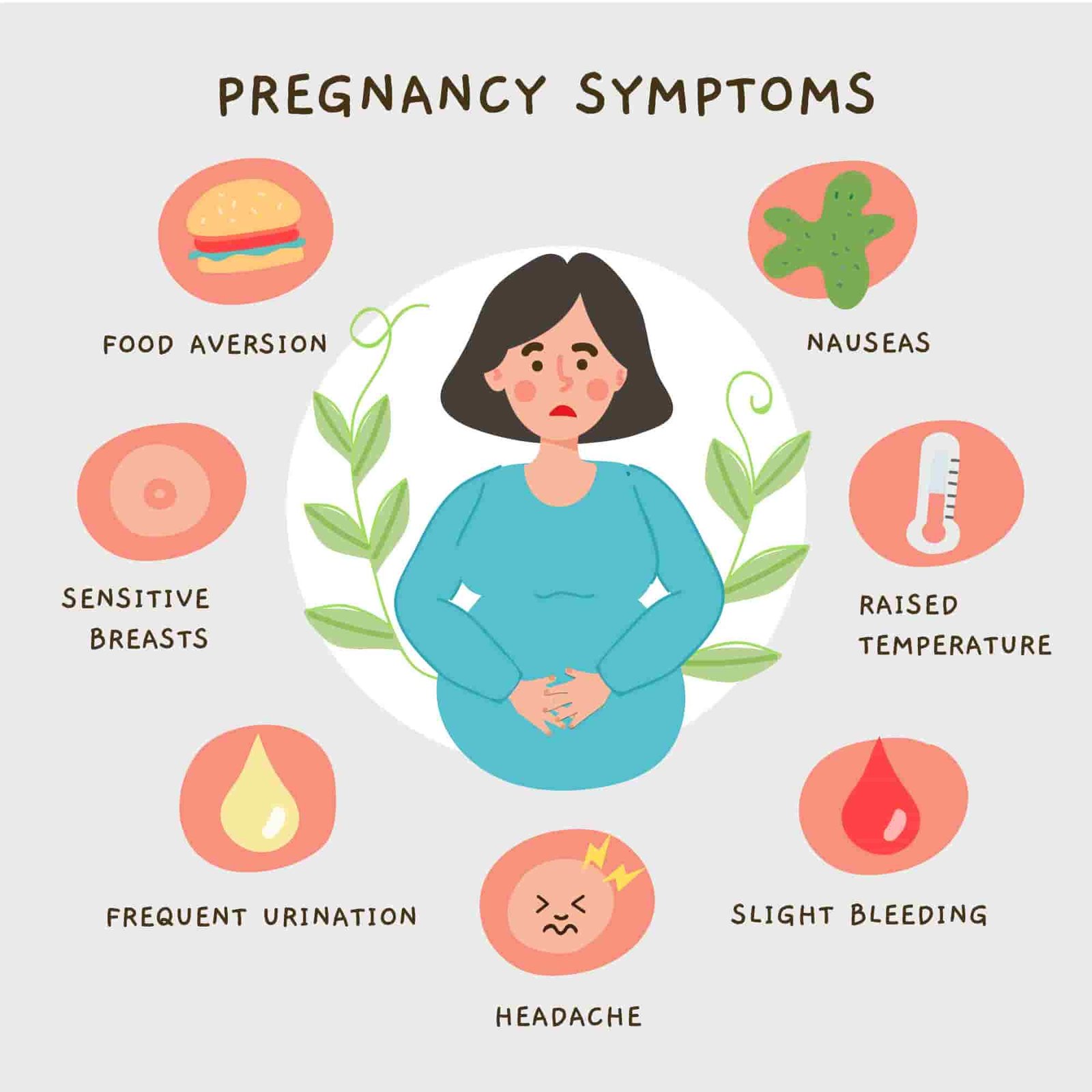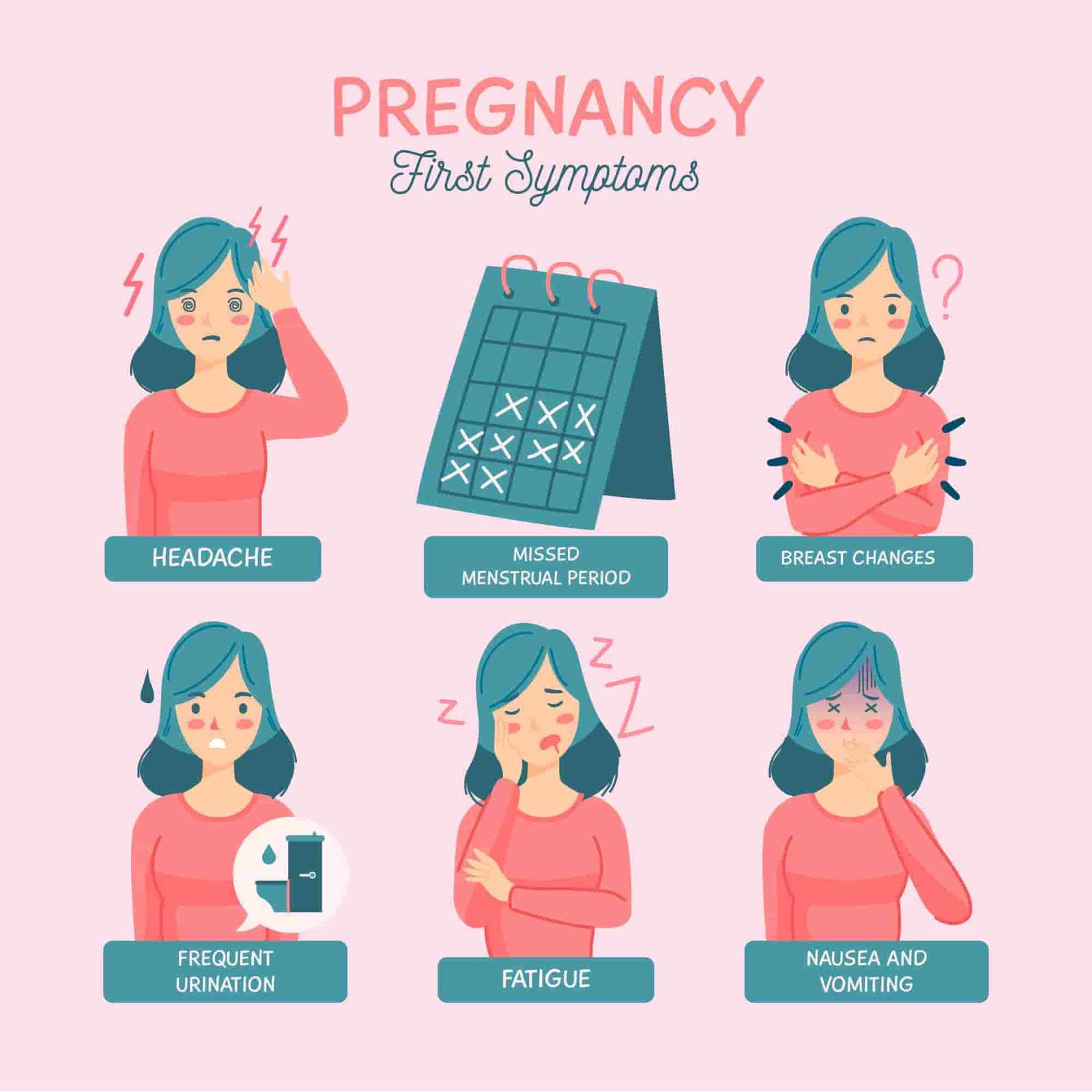Strep throat is a common yet highly contagious bacterial infection that affects the throat and tonsils. Prompt diagnosis and treatment are essential to prevent complications and ensure patient comfort. This article takes an in-depth look into the causes, symptoms, treatment, and prevention methods of strep throat.
A Closer Look at Strep Throat
Strep throat, primarily caused by the bacterium Streptococcus pyogenes, also known as Group A Streptococcus (GAS), is a common ailment. It affects millions worldwide every year, especially during winter and early spring. Its incidence is highest among school-aged children and adolescents, although adults can also contract it.
Symptoms of Strep Throat
The symptoms of strep throat usually appear within five days of exposure to the bacteria. Key indicators may include:
- Sore throat
- Difficulty swallowing
- Red and swollen tonsils, often with white patches or streaks of pus
- Tiny red spots on the roof of the mouth
- Fever
Diagnosis and Treatment of Strep Throat
A health professional typically diagnoses strep throat using a rapid strep test or throat culture. If the tests confirm the presence of GAS, treatment generally involves a course of antibiotics to eliminate the bacteria. This approach helps to prevent potential complications such as rheumatic fever and kidney inflammation.
Diagnosing strep throat involves a two-step process usually carried out by a healthcare provider. The goal is to differentiate strep throat from other types of throat infections that exhibit similar symptoms, as the treatment varies based on the cause of the infection.
Initial Evaluation
The healthcare provider will start by examining the patient’s symptoms and medical history. This includes a physical examination of the throat, checking for signs of redness, swelling, and white spots. The healthcare provider will also check for swollen lymph nodes in the neck and a possible rash, known as scarlet fever.
Laboratory Tests
Following the initial evaluation, laboratory tests are performed to confirm the presence of Group A Streptococcus bacteria. The most common tests include:
- Rapid Antigen Detection Test (RADT): This test provides results within minutes by identifying the antigens associated with the bacteria. However, it can occasionally miss some infections.
- Throat Culture: A throat culture is a more sensitive test, where a swab from the back of the throat is cultured in a laboratory to detect the presence of strep bacteria. Although this test takes longer (24-48 hours for results), it can catch nearly all strep infections.
Treatment
Once a strep throat diagnosis is confirmed, the treatment primarily involves antibiotics, which work by killing bacteria and preventing their spread. Commonly prescribed antibiotics for strep throat include penicillin and amoxicillin. It is crucial to complete the full course of antibiotics as prescribed by the healthcare provider, even if the symptoms improve or disappear before the course is over. Not doing so can lead to a resurgence of the infection and potential complications such as rheumatic fever and post-streptococcal glomerulonephritis (a kidney inflammation).
Alongside antibiotics, symptomatic treatment can help alleviate discomfort. This includes over-the-counter pain relievers, throat lozenges, and warm beverages like tea or soup. Rest and hydration are also crucial for recovery.
Within 24 hours of starting antibiotics, a person with strep throat usually begins to feel better and is no longer contagious. However, to prevent the spread of the infection to others, it is recommended to stay home from work, school, or daycare until fever has been gone for at least 24 hours without the use of fever-reducing medications.
Prevention Methods
Preventing strep throat primarily involves maintaining good hygiene practices, which includes:
- Avoiding close contact with infected individuals
- Washing hands thoroughly and regularly
- Not sharing eating utensils, cups, or personal items
Case Study: The Impact of Strep Throat on School Attendance
A study conducted in the United States found that strep throat accounts for 15-20% of all school absences due to illness. This finding underscores the importance of early detection and effective treatment of strep throat to minimize disruption to children’s education and their parents’ work schedules.
Conclusion
Strep throat is a common bacterial infection that primarily affects children but can occur at any age. Prompt diagnosis and treatment are crucial to alleviate symptoms, prevent complications, and reduce the spread of the disease. Prevention hinges on good personal hygiene and avoiding close contact with those already infected. This approach, coupled with early treatment, can significantly reduce the impact of strep throat on individuals and communities.








